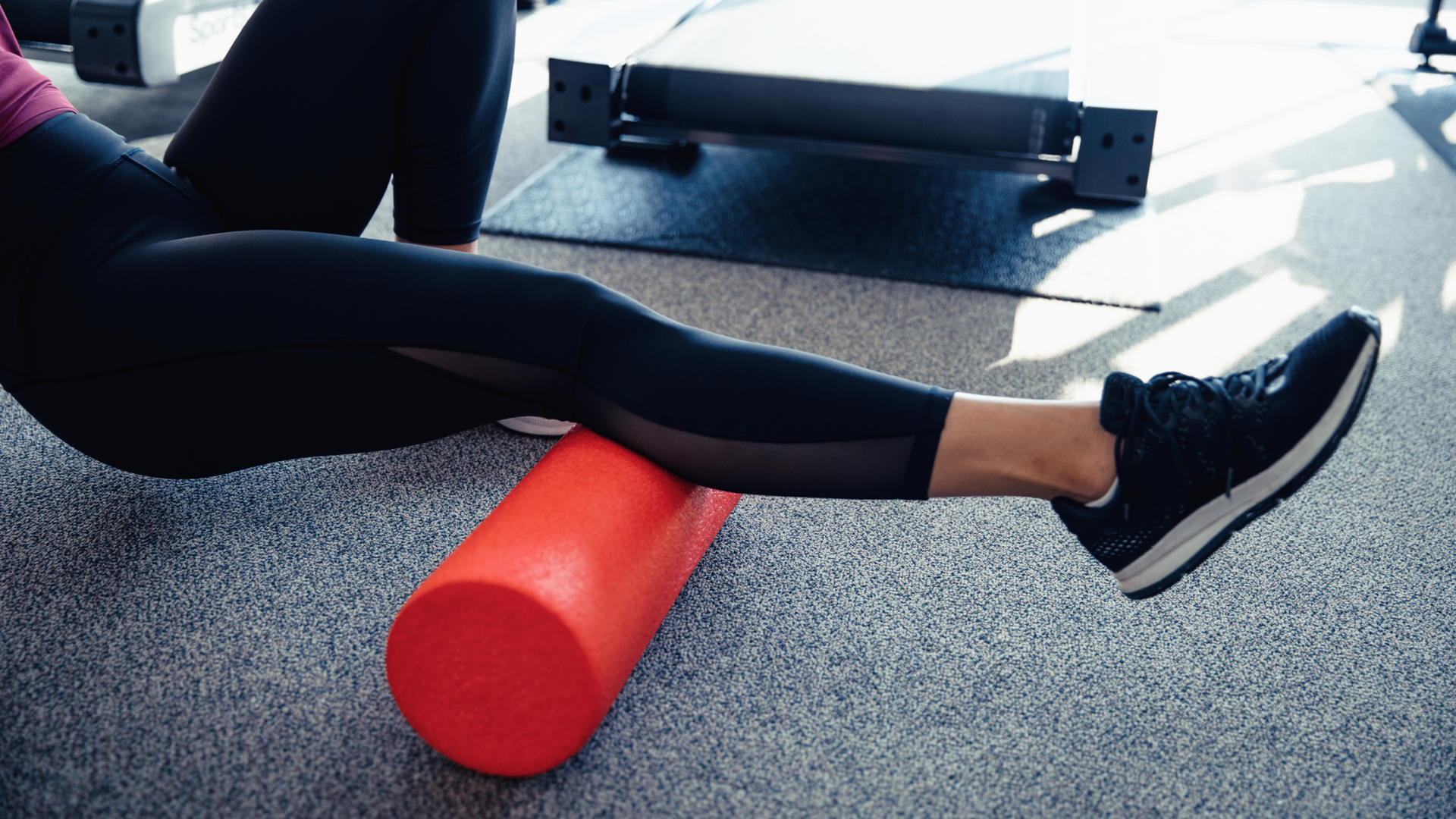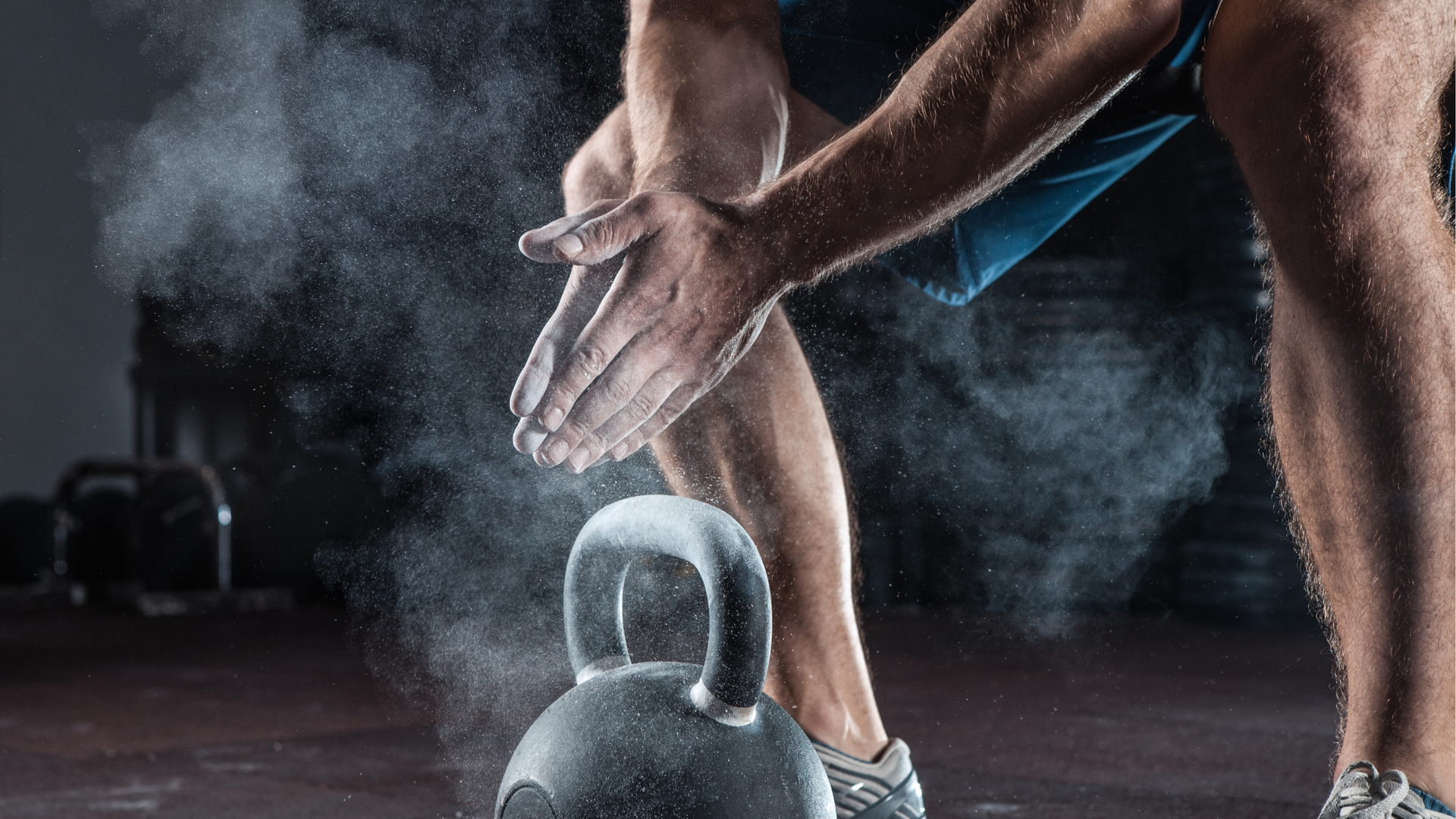Train Smart, Recover Smarter: The Path to Injury-Free Fitness
Understanding the Basics of Injury Prevention
Embarking on a fitness journey can be a transformative experience, but it's crucial to navigate this path with caution and awareness. Understanding how to prevent injuries is fundamental, not just for your immediate workouts but for your long-term health and fitness goals. Let's dive into the common culprits of fitness-related injuries and learn how to distinguish between the pains that signal growth and those that warn of potential harm.
Common Reasons for Fitness-Related Injuries
- Overtraining: Pushing your body beyond its recovery capacity can lead to overtraining syndrome. This is not just about intense workouts, but also insufficient rest. Overtraining doesn't only stunt your progress but also increases the risk of injuries like stress fractures, muscle strains, and chronic joint pain. It's essential to build a balanced workout routine and incorporate rest days to allow your body to repair and grow stronger.
- Improper Form: Whether you're lifting weights, running, or engaging in any fitness activity, proper form is non-negotiable. Incorrect posture or technique puts undue stress on the wrong muscle groups and joints, leading to acute injuries or long-term issues. Investing time in learning the correct form or seeking guidance from a professional can save you from pain and setbacks in your fitness journey.
- Lack of Warm-up/Cool-down: Skipping warm-up and cool-down sessions is like driving a car without warming up the engine. A proper warm-up gradually revs up your cardiovascular system, increases blood flow to your muscles, and decreases the risk of injury. Cooling down, on the other hand, helps your body transition back to a resting state and is crucial for recovery. Both are vital bookends to your workout routine.
Listening to Your Body: The Good Pain vs. Bad Pain
Understanding your body's signals is an invaluable skill in your fitness journey. There's a fine line between the pain that signifies growth and the pain that heralds injury.
- Good Pain (Muscle Growth): This is the "burn" you feel during a strenuous workout or the soreness that follows 24-48 hours after exercise, known as Delayed Onset Muscle Soreness (DOMS). It's a natural response to exertion, indicating that your muscles are adapting and growing stronger.
- Bad Pain (Injury): Sharp, acute pain that occurs during or immediately after an exercise is a red flag. It's your body's way of signaling that something is wrong. This type of pain shouldn't be ignored. It might feel like a stabbing, throbbing, or shooting pain in a muscle or joint. If you experience this kind of pain, it's crucial to stop the activity immediately and consult a healthcare professional if the pain persists.
Injury prevention in fitness is not just about avoiding setbacks; it's about cultivating a sustainable, healthy relationship with your body and your training regime. By understanding and respecting your body's limits, you can ensure that your fitness journey is not just about being injury-free but also about enjoying a fulfilling and progressive path to wellness. Remember, the goal is not to push through pain but to train smart, listen to your body, and grow stronger, day by day.
Effective Training Techniques
Mastering effective training techniques is not just about enhancing performance; it's about fostering a harmonious relationship between your body and your fitness goals. This harmony is achieved through meticulous attention to form, technique, and the construction of a well-rounded workout routine. Let's delve into the strategies that will not only amplify your workouts but also ensure they are as efficient and safe as possible.
Mastering Proper Form and Technique
Proper form is the cornerstone of any effective exercise regimen. It ensures that you're targeting the right muscles, maximizing efficiency, and, most importantly, preventing injuries. Here's how you can ensure your form is on point:
- Educate Yourself: Before starting any new exercise, take the time to learn about it. Watch tutorials from reputable fitness professionals, read up on the mechanics of the movement, and understand which muscle groups should be engaged.
- Start with Light Weights or No Weight: When trying a new exercise, start without weights or with very light weights to get the form right. This helps your body understand the movement pattern without the added challenge of weight.
- Use Mirrors: Exercise in front of a mirror to get real-time feedback on your form. It can help you make immediate corrections and ensure that your posture and alignment are correct throughout the exercise.
- Record Yourself: Occasionally, record your workouts. Watching yourself perform exercises can reveal insights about your form and technique that you might not notice in the moment.
- Seek Professional Guidance: If possible, work with a fitness trainer, even if it's just for a few sessions. They can provide personalized feedback and corrections, ensuring that you're performing exercises correctly.
Building a Balanced Workout Routine
A balanced workout routine is like a well-rounded diet; it provides all the necessary components for optimal health and performance. Here's how to ensure your workout routine is comprehensive and balanced:
- Incorporate Strength Training: Strength training is vital for building muscle, increasing metabolic rate, and improving bone density. Include exercises that target all the major muscle groups, and ensure you're progressively increasing the intensity to challenge your muscles.
- Don't Skip Cardiovascular Exercise: Cardio is crucial for heart health, endurance, and burning calories. Find a form of cardio you enjoy, whether it's running, cycling, swimming, or dancing. Aim to get at least 150 minutes of moderate-intensity or 75 minutes of high-intensity cardio per week.
- Flexibility and Mobility Work: Flexibility exercises like stretching, yoga, or Pilates improve the range of motion, reduce the risk of injuries, and aid in muscle recovery. Incorporate flexibility workouts into your routine to ensure that your muscles and joints are well-maintained.
- Listen to Your Body and Adjust Accordingly: No one knows your body better than you do. Pay attention to how it responds to different workouts and adjust your routine as needed. If you're feeling fatigued or sore, it might be a sign to take a rest day or focus on a different type of exercise.
By focusing on proper form and technique and embracing a balanced workout routine, you're not just working towards your fitness goals; you're ensuring that every step you take is a step towards a healthier, stronger, and more resilient you. Remember, the best workout is not the one that pushes you to your limits but the one that is tailored to your body's needs, allowing you to grow stronger safely and sustainably.
The Role of Recovery
It's during this period of rest that the magic truly happens—muscles repair, strength builds, and performance enhances. Understanding the pivotal role of recovery can transform your fitness routine from a potentially damaging endeavor into a sustainable, health-promoting lifestyle. Let's unpack the reasons why recovery is so crucial and explore practical ways to optimize it.
Why is Recovery Crucial?
- Muscle Repair and Growth: After a workout, your muscles need time to repair the micro-tears caused by strenuous activity. This repair process is what leads to muscle growth and strength. Without adequate recovery, these tears can lead to injuries and hinder your progress.
- Prevention of Overtraining Syndrome: Consistent, intense exercise without sufficient rest can lead to overtraining syndrome, characterized by fatigue, decreased performance, and increased risk of injury. Recovery helps maintain a balance, ensuring that your training remains beneficial, not detrimental.
- Restoration of Energy Stores: Exercise depletes your body's energy stores (glycogen). Recovery allows your body to replenish these stores, so you have the energy you need for your next workout.
- Mental Resilience: Recovery is not just physical; it's also mental. Rest periods help prevent burnout, keeping your mind fresh, motivated, and ready to tackle the next challenge.
Effective Recovery Methods
To harness the full power of recovery, consider incorporating the following practices into your routine:
- Adequate Sleep: Sleep is the ultimate recovery tool. It's when the most significant healing and recovery occur. Aim for 7-9 hours of quality sleep per night. Consider practices like maintaining a regular sleep schedule, creating a restful environment, and avoiding screens before bedtime to enhance sleep quality.
- Hydration: Fluids are essential for nutrient transport, temperature regulation, and joint lubrication. Ensure you're drinking enough water throughout the day, especially before, during, and after workouts.
- Nutrition: Fueling your body with the right nutrients is crucial for recovery. Focus on a balanced diet rich in protein for muscle repair, carbohydrates for energy replenishment, and fats for inflammation reduction. Don't forget about micronutrients (vitamins and minerals) that play vital roles in recovery processes.
- Active Recovery: Active recovery involves low-intensity exercise like walking, yoga, or light cycling. It helps maintain mobility, promotes blood flow to your muscles for nutrient and oxygen delivery, and aids in the removal of waste products.
- Rest Days: Designate days in your routine where you allow your body to rest completely or engage only in very light, non-strenuous activities. These days are crucial for physical and mental recovery and can significantly improve your overall performance.
By treating recovery with the same importance as your training, you're not just preventing injuries; you're setting the stage for continual improvement and long-term success. Remember, recovery is not a passive process; it's an active decision to honor your body's needs, allowing it to heal, grow, and thrive.
Incorporating Mindfulness and Body Awareness
While physical exertion is an integral part of any fitness routine, integrating mindfulness and body awareness can elevate your workout from a mere physical activity to a holistic practice. Mindfulness and body awareness act as internal guides, helping you navigate through each movement with intention and care. Let's explore how these elements not only enhance the quality of your workouts but also safeguard your well-being.
The Key to Maintaining Proper Form and Preventing Overexertion
- Enhanced Concentration: Mindfulness helps center your attention on the present moment, allowing you to focus on your form and technique with each exercise. This heightened awareness can prevent the mindless motions that often lead to improper form and subsequent injuries.
- Connection with Your Body: By being mindful, you cultivate a deeper connection with your body, understanding its strengths and acknowledging its limitations. This connection enables you to push your limits without tipping over into the realm of overexertion.
- Stress Reduction: Mindfulness reduces stress and creates a tranquil mind, which can improve your overall workout experience. A relaxed mind can more accurately gauge when to push harder and when to pull back, preventing both physical and mental burnout.
Recognizing the Early Signs of Potential Injury
- Tuning into Bodily Signals: Cultivating body awareness means tuning into the physical sensations and signals your body sends you during exercise. It involves recognizing the difference between the natural discomfort of a challenging workout and the warning signs of potential injury.
- Understanding Pain Cues: Body awareness allows you to discern the type of pain you're experiencing. Learning the distinction between the 'good' pain of muscle exertion and the 'bad' pain suggestive of something wrong is crucial for immediate response and injury prevention.
- Adjusting in Real-Time: With a keen sense of body awareness, you can make real-time adjustments to your posture, technique, or intensity level during your workout. This adaptability can significantly reduce the risk of injury and improve the effectiveness of your exercise routine.
Encouraging Mindfulness and Body Awareness Practices
- Begin with a Mindful Warm-up: Start your workout with a routine that centers your mind and brings your awareness to the present. Deep breathing, gentle stretching, or a brief meditation can set a mindful tone for the rest of your workout.
- Check-in Regularly: Throughout your workout, regularly pause to assess your form, breathing, and how your body feels. Use these check-ins to make any necessary adjustments and to ensure that you're not pushing yourself into the danger zone of overexertion.
- Cool Down Mindfully: End your workout with a mindful cool-down. Reflect on the workout you've just completed, acknowledge your body's effort, and thank yourself for the dedication. This practice not only aids in physical recovery but also reinforces the connection between your mind and body.
Incorporating mindfulness and body awareness into your fitness routine is about cultivating respect for your body's capabilities and limits. It's about moving away from mindless exertion and embracing a form of exercise that is as nourishing for the mind as it is for the body.
Your Journey to Sustainable Fitness
Throughout this blog, we've navigated the multifaceted landscape of fitness, emphasizing not just the vigor of workouts but also the profound significance of recovery and mindfulness. From understanding the nuances of injury prevention to mastering the art of effective training techniques, we've underscored the essence of recovery and the transformative power of mindfulness and body awareness.
These are not just concepts; they are practical tools that can elevate your fitness journey, ensuring it's not only effective but also sustainable and fulfilling. Now, it's your turn to integrate these insights into your daily routine. Embrace the principles of proper form, balanced workouts, and mindful practices.
Remember, the path to optimal fitness is not about occasional bursts of effort but about consistent, informed, and mindful actions. If you're ready to take your fitness journey to the next level, we invite you to consult with the experts at
Cloud 10 Transformations in Laurel, Maryland. Our dedicated team is passionate about
guiding you through a personalized fitness journey, ensuring that your routine is not just about achieving goals but about nurturing your overall well-being!













